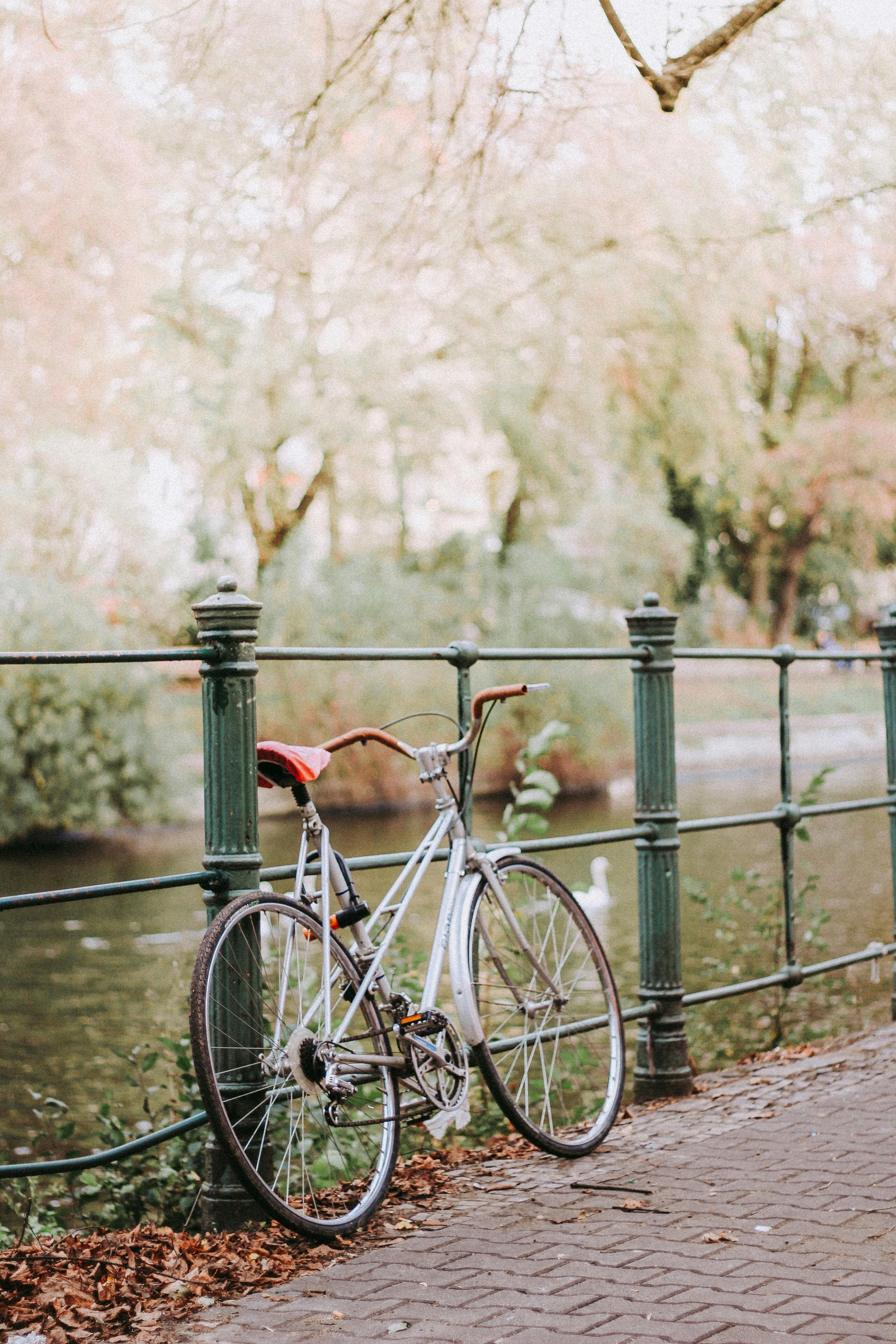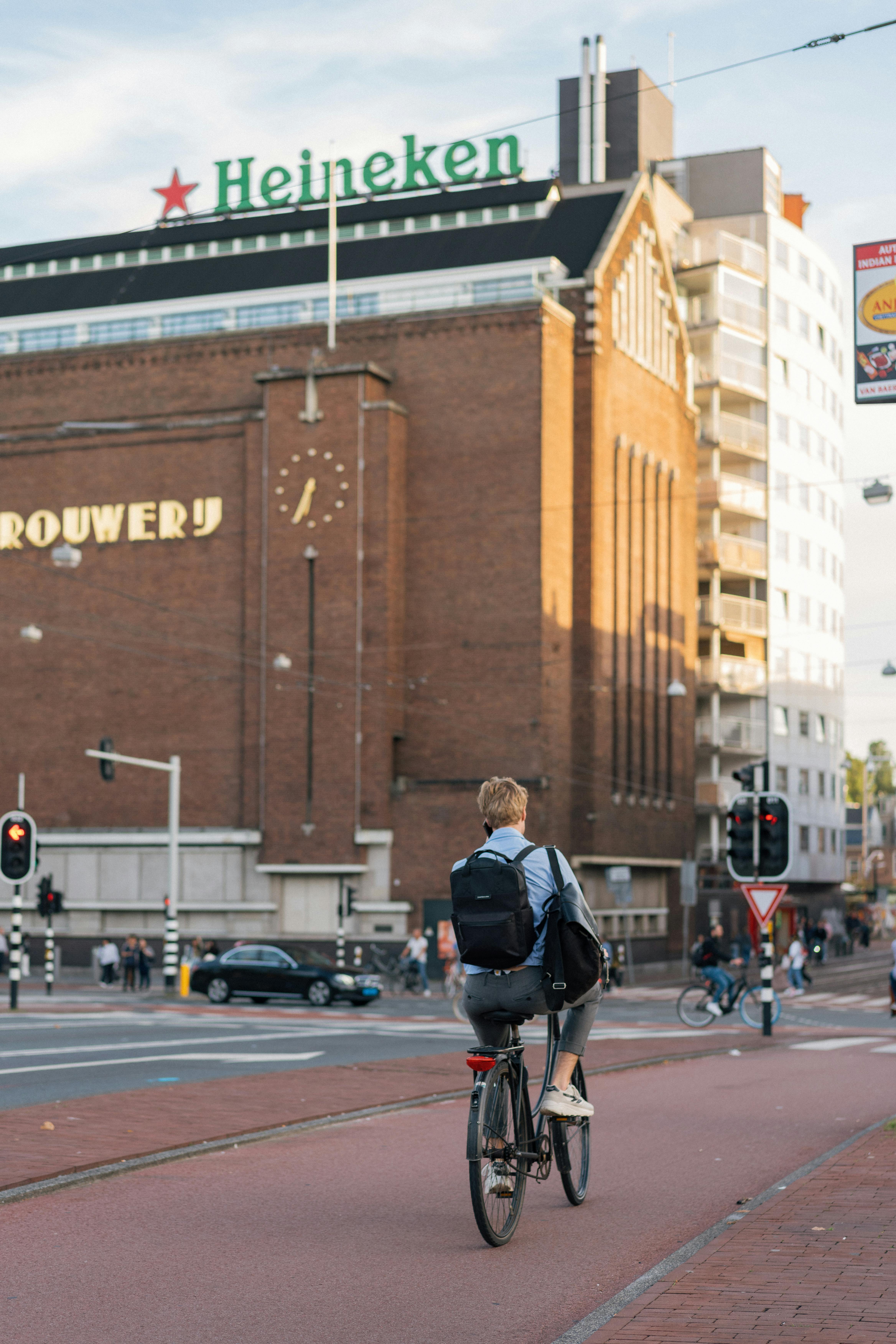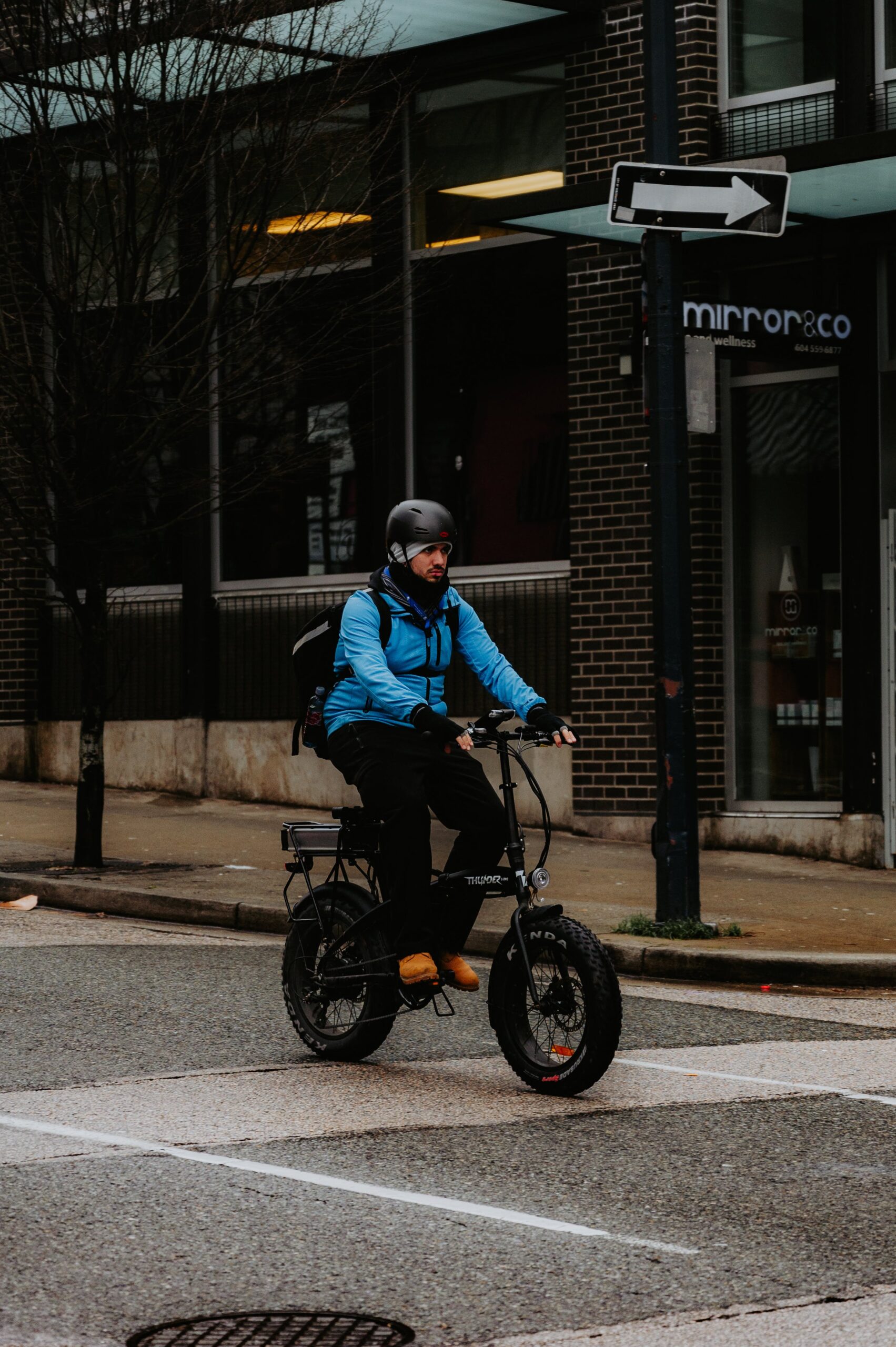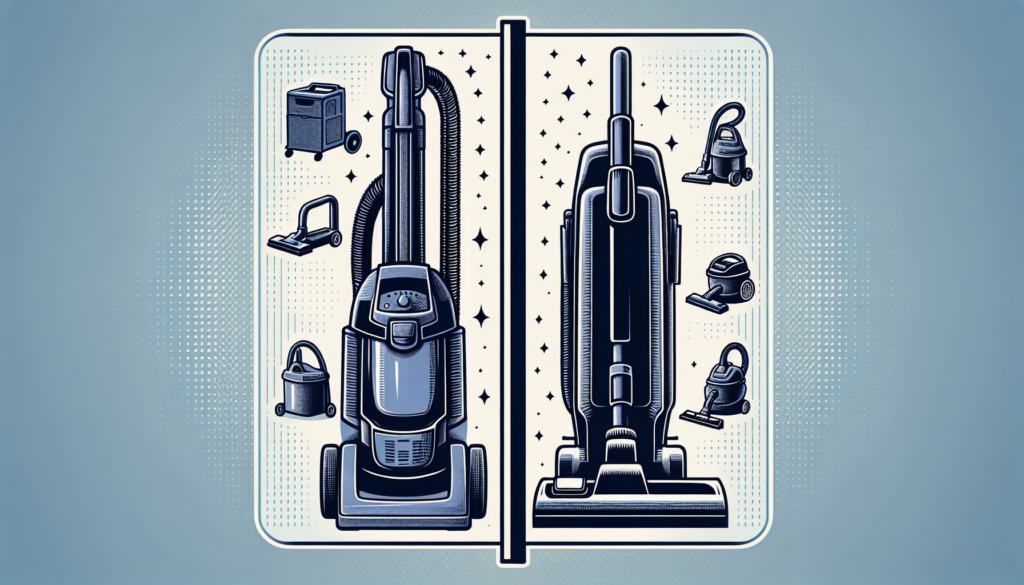Thinking of buying a bicycle for your little one? Look no further! This article is here to provide you with all the essential information you need to consider when purchasing a kids’ bicycle. Whether it’s their first bike or an upgrade, finding the perfect fit can be overwhelming. But worry not, BuySellCloud.com is your go-to source for expert buying guides and insightful tips to help you make confident purchase decisions. So, let’s dive in and explore what factors you should keep in mind when buying a bicycle for your child.

1. Age and Size
When buying a bicycle for your child, it’s important to consider their age and size to ensure a proper fit and safe riding experience.
1.1 Recommended Age Range
The recommended age range for kids’ bicycles can vary depending on their development and comfort level. Typically, balance bikes are suitable for children as young as 18 months, while pedal bikes are more appropriate for kids aged 3 and above. However, every child is unique, so it’s essential to consider their individual abilities and coordination when choosing the right bike.
1.2 Height and Weight Considerations
In addition to age, you should also consider your child’s height and weight when selecting a bike. A proper fit is crucial for their safety and comfort while riding. Ensure that the bike’s seat height is appropriate, allowing your child to touch the ground with their feet while sitting on the saddle. The weight of the child should also be well-supported by the bike’s frame and components to avoid any strain or instability.
2. Bike Type
There are several types of bikes available for kids, each catering to different stages of their cycling journey.
2.1 Balance Bikes
Balance bikes are an excellent choice for young children who are just starting to explore the world of cycling. These bikes do not have pedals, allowing kids to focus on learning balance and coordination. They rely on their feet to push off the ground and propel themselves forward. Balance bikes help children develop essential skills like steering, braking, and gaining confidence on two wheels.
2.2 Training Wheel Bikes
Training wheel bikes come with additional wheels attached to the back of the bike. These wheels provide extra support and stability, making them ideal for children who are transitioning from balance bikes to pedal bikes. Training wheel bikes allow kids to practice pedaling while still maintaining balance with the help of the training wheels. As your child gains more confidence and balance, you can gradually raise the training wheels to encourage independent riding.
2.3 Pedal Bikes
Pedal bikes are the classic style of bicycles that we are all familiar with. They come with pedals and can be ridden independently by children who have already mastered balance and coordination. When choosing a pedal bike, ensure that it is the appropriate size for your child’s height and leg length. Pedal bikes with adjustable seat heights and handlebars are beneficial as they can grow with your child and accommodate their changing needs.

3. Safety Features
Safety should always be a top priority when buying a kids’ bicycle. Consider the following safety features to ensure a secure and enjoyable riding experience for your child.
3.1 Brakes
Having reliable and easy-to-use brakes on a bike is essential for maintaining control and stopping safely. Look for bikes with easy-to-reach hand brakes that your child can operate comfortably. It’s important to teach your child how to use the brakes properly and practice braking techniques to build their confidence and ensure their safety on the road.
3.2 Reflectors and Lights
Visibility is crucial when riding a bike, especially in low-light conditions. Check if the bike is equipped with reflectors on the front, back, and wheels. Reflectors help make your child more visible to others, increasing their safety. Some bikes also come with built-in lights that can be activated during nighttime rides, providing an extra layer of visibility.
3.3 Chain Guard
A chain guard is a protective cover that shields the chain and gears from dirt, dust, and accidental contact. It not only helps to keep the bike clean but also prevents your child’s clothing from getting caught in the chain. A chain guard is an essential safety feature to look for, especially for younger children who may not have developed a good sense of bike mechanics yet.
3.4 Bell or Horn
A bell or horn is a simple yet effective tool to alert others of your child’s presence on the road. It is particularly useful in situations where visibility may be limited, such as when riding in parks or on shared pathways. Teach your child how to use the bell or horn responsibly and respect others by using it sparingly.
4. Frame Material
The material of the bike’s frame plays a significant role in its overall weight, durability, and performance. Here are a few common frame materials to consider:
4.1 Steel
Steel frames are known for their strength and durability. They can withstand rough handling and are less prone to dents or damage. However, steel frames tend to be heavier, which may make it more challenging for younger or smaller children to maneuver and control the bike.
4.2 Aluminum
Aluminum frames are lighter than steel frames, making them easier for children to handle and ride comfortably. They are also rust-resistant, which can be advantageous if the bike is exposed to wet conditions. Aluminum frames provide a good balance of weight, strength, and affordability, making them a popular choice for kids’ bicycles.
4.3 Carbon Fiber
Carbon fiber frames are lightweight and offer excellent stiffness, providing optimal power transfer and responsiveness. However, they are more commonly found in high-performance adult bikes and are less common in kids’ bicycles. Carbon fiber frames are also more expensive, making them less practical for growing children who may outgrow their bikes quickly.

5. Wheel Size
The size of the bike’s wheels is an important consideration as it directly affects the stability, maneuverability, and comfort of the rider. Here are some common wheel sizes to consider:
5.1 12-inch Wheels
12-inch wheels are typically found on balance bikes and smaller pedal bikes suitable for children around 2 to 4 years old. These smaller wheels provide added stability and control for younger riders, making it easier for them to learn and master their balancing skills.
5.2 16-inch Wheels
16-inch wheels are a popular choice for kids aged 4 to 6 years old. These wheels strike a good balance between stability and agility, allowing children to develop their riding skills further. They provide a smooth and comfortable ride while still being manageable for younger riders.
5.3 20-inch Wheels
20-inch wheels are often found on larger pedal bikes designed for children aged 6 and above. These wheels are suitable for older kids who have already developed good balance and coordination. They offer improved maneuverability and speed, allowing children to explore more challenging terrain and ride longer distances.
6. Adjustable Components
Kids grow quickly, and their bike should be able to keep up with their changing needs. Look for bikes with adjustable components that can be easily customized to fit your child’s height and comfort level.
6.1 Seat Height
A bike with an adjustable seat height allows you to raise or lower the saddle to suit your child’s leg length. This feature ensures that your child’s feet can touch the ground comfortably while sitting on the bike, promoting stability and confidence. As your child grows, you can gradually increase the seat height to accommodate their growing legs.
6.2 Handlebar Height
Adjustable handlebars are beneficial for finding the most comfortable riding position for your child. Ensure that the handlebars can be easily raised or lowered, allowing your child to maintain a relaxed grip while riding. As a general rule, the handlebars should be at the same level as the saddle or slightly higher to promote proper posture and control.
7. Durability and Maintenance
Considering the durability and maintenance requirements of a bike is important to ensure its longevity and minimize potential issues.
7.1 Sturdiness and Quality
Look for bikes that are built with sturdy materials and components to withstand the wear and tear of regular use. Check for high-quality welds, strong bearings, and durable tires. Choosing a bike from a trusted brand can provide assurance of quality and reliability.
7.2 Ease of Maintenance
Regular maintenance is necessary to keep the bike in good working condition and ensure a safe and smooth ride. Look for bikes that have easily accessible components, such as quick-release levers for the wheels and seat post. This will make it easier for you to perform basic maintenance tasks such as tire inflation, brake adjustments, and chain lubrication.
8. Brand and Reviews
When purchasing a kids’ bicycle, it’s helpful to consider reputable brands and read online reviews to gain insights from other parents and customers.
8.1 Trusted Brands
There are several trusted brands in the market that have a solid reputation for producing high-quality kids’ bicycles. Some well-known brands include Schwinn, Strider, WOOM, Specialized, and Trek. These brands have years of experience and have established themselves as leaders in the industry.
8.2 Online Reviews
Reading online reviews from other parents and customers can provide valuable insights into the pros and cons of different bike models. Look for reviews that highlight factors such as durability, ease of use, and overall satisfaction. Keep in mind that everyone’s preferences and experiences may vary, so it’s important to consider a range of opinions before making a decision.
9. Price Range
Kids’ bicycles are available in a wide range of price points, so it’s important to establish a budget before starting your search.
9.1 Budget-Friendly Options
If you’re on a tight budget, there are affordable options available that still provide a safe and enjoyable riding experience for your child. Look for bikes that offer decent quality components without breaking the bank. Consider purchasing from reliable brands that offer good value for money.
9.2 Mid-Range Options
Mid-range bikes offer a balance between affordability and quality. They usually come with features and components that cater to various skill levels and age ranges. These bikes are a good option if you’re looking for a reliable and durable choice without making a significant financial investment.
9.3 High-End Options
If you’re willing to splurge and invest in top-of-the-line quality and performance, high-end options are available. These bikes often come with advanced features, lightweight frames, and superior components. High-end bikes are typically designed for older children or competitive riders who require specialized features for specific disciplines.
10. Additional Accessories
Consider purchasing additional accessories to enhance your child’s cycling experience and ensure their safety on the road.
10.1 Training Wheels
For children who are still developing their balance and coordination skills, training wheels can provide extra support and stability. These can be attached to the bike’s rear wheel and gradually adjusted as your child gains confidence and proficiency in riding independently.
10.2 Bike Helmet
A bike helmet is a must-have accessory to protect your child’s head in the event of a fall or collision. Look for helmets that meet safety standards and provide a secure and comfortable fit. Make sure to educate your child on the importance of wearing a helmet every time they ride.
10.3 Bike Lock
Investing in a reliable bike lock is essential for preventing theft. Teach your child the importance of locking their bike when it is unattended, whether at home, school, or in public places. There are various types of bike locks available, including cable locks, chain locks, and U-locks. Choose a lock that suits your needs and provides adequate security for your child’s bike.
By considering these factors outlined above, you can make an informed decision when buying a kids’ bicycle. Remember to prioritize safety, comfort, and durability to ensure that your child has an enjoyable and memorable riding experience. Happy cycling!




